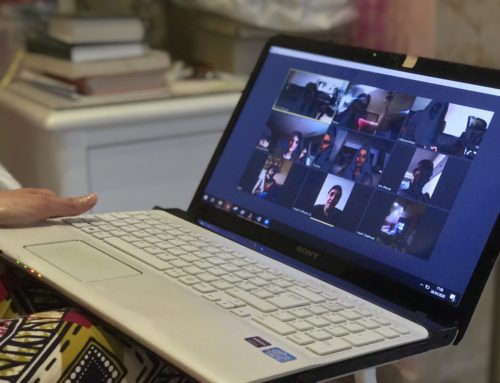
Flickr Creative Commons photo by Alvin Chua
Many communicators overvalue the importance of press releases.
Yes, a press release is an important part of your nonprofit’s media relations toolbox. But it is just one tool.
Most nonprofits that are successful in getting meaningful media coverage do so through building relationships with journalists and other influencers — and then leveraging those relationships into placements in stories.
It’s much less common — especially in today’s competitive and chaotic media environment — to get coverage by simply sending press releases to every newsroom on your media list whenever you have something new to announce.
Instead, the release should be thought of as a supplementary piece — something you use to provide critical supporting information.
But that doesn’t mean you should stop there.
Press releases can have other uses beyond getting your story covered in the local newspaper.
View it, instead, as a foundation for getting your message out and starting conversations around the news coming out of your organization. Here are 6 ways to make it happen:
1. Use it as the source of an op-ed or thought leadership piece:
There’s news, and then there’s what that news means. Take a look at the content of your news release and consider if there are any angles or facts you can expand on to offer unique insight that would be relevant to your audiences.
2. Share it directly with your donors and volunteers:
This may sound like a no-brainer but lots of organizations don’t think about consistently sharing news with their core stakeholders. Get the news out in your newsletters, internal channels, and online communications.
3. Pitch it to like-minded organizations:
It’s not only the media that can amplify your message. Think about trade and advocacy organizations that might welcome the opportunity to share your news. My firm recently reached out the American Association of Community Colleges to let them know about a nonprofit client’s successful effort to get a community college approved for Erie County Pa. They plan on publishing our press release in their daily newsfeed to members and the public and may do a follow-up piece for their bi-monthly magazine.
4. Reach out to media that might have a connection to your newsmakers:
Does your press release focus on an individual who would be of particular interest to specific publications? For instance, if you hire a new executive director or CEO, share the news with your new hire’s hometown newspaper. “Local product makes good” stories are often a slam dunk. You can get you some glowing coverage to share online, and you can’t really put a price on the potential benefit of your newsmaker’s mom proudly sharing the news around the old neighborhood. Also, send the release to colleges the person attended so they can publicize the news in their publications.
5. Build a micro-social media campaign around it:
You can get more mileage out of a press release if you think about it in Tweet-sized pieces. Definitely promote the release itself via your social networks, but you can also build engagement by pulling out some interesting facts or quotes from the release and then rolling the posts out in a period of time.
6. Think hyper-local and radio:
Of course, everyone wants to land in the Wall Street Journal or New York Times, but the competition is fierce. Same goes for daily papers and TV stations in mid-size to large markets. One way to potentially reap at least some limited coverage is to pitch to smaller daily or weekly newspapers in your area and also local radio talk shows. Also don’t forget about local radio for paid advertising if it would be relevant. It’s pretty affordable and depending on the topic might connect with a key demographic you are trying to reach.
So, while we don’t want to overvalue the press release, we shouldn’t pity it, either.
Look at it as one tool that can be the catalyst for many promising communications opportunities.






